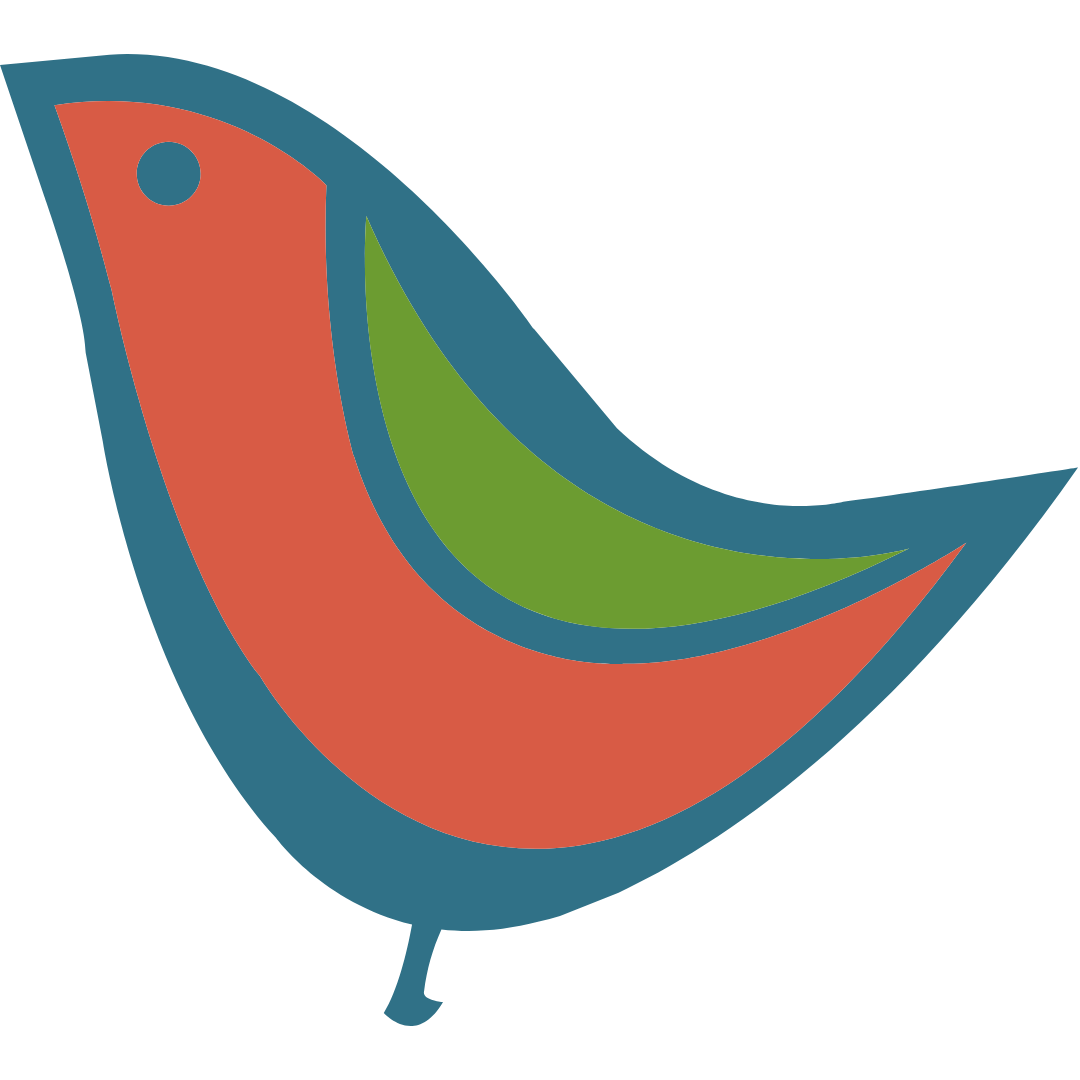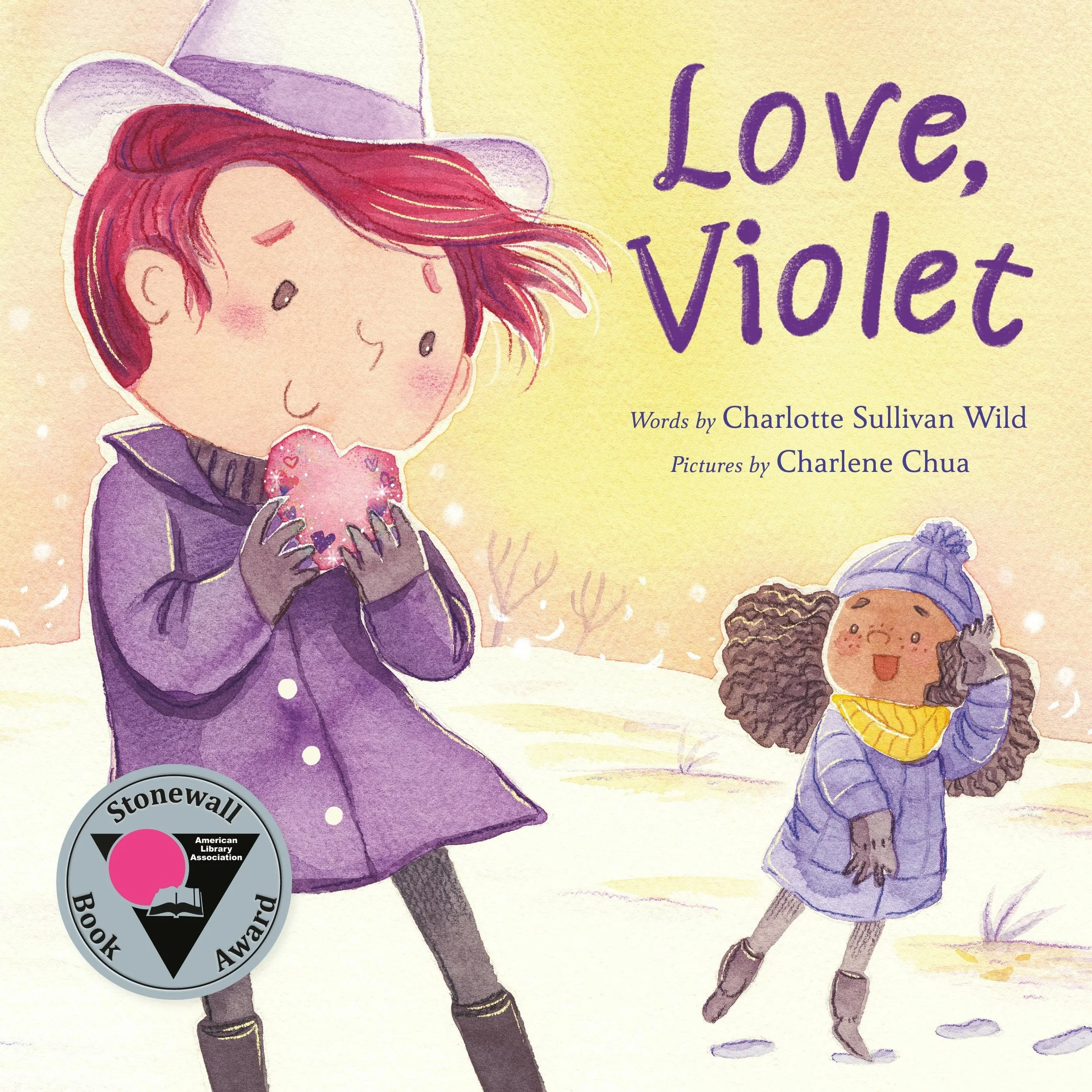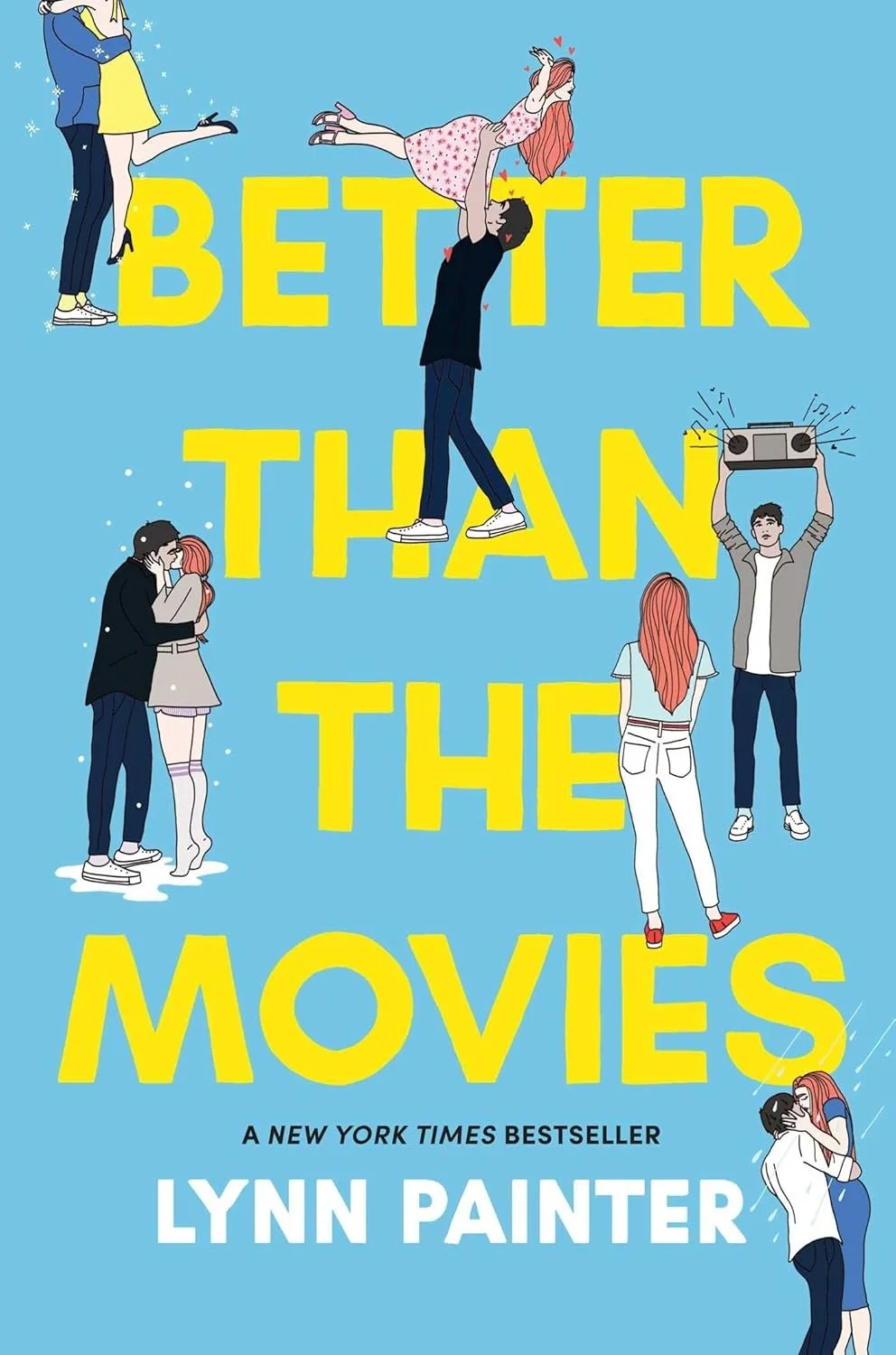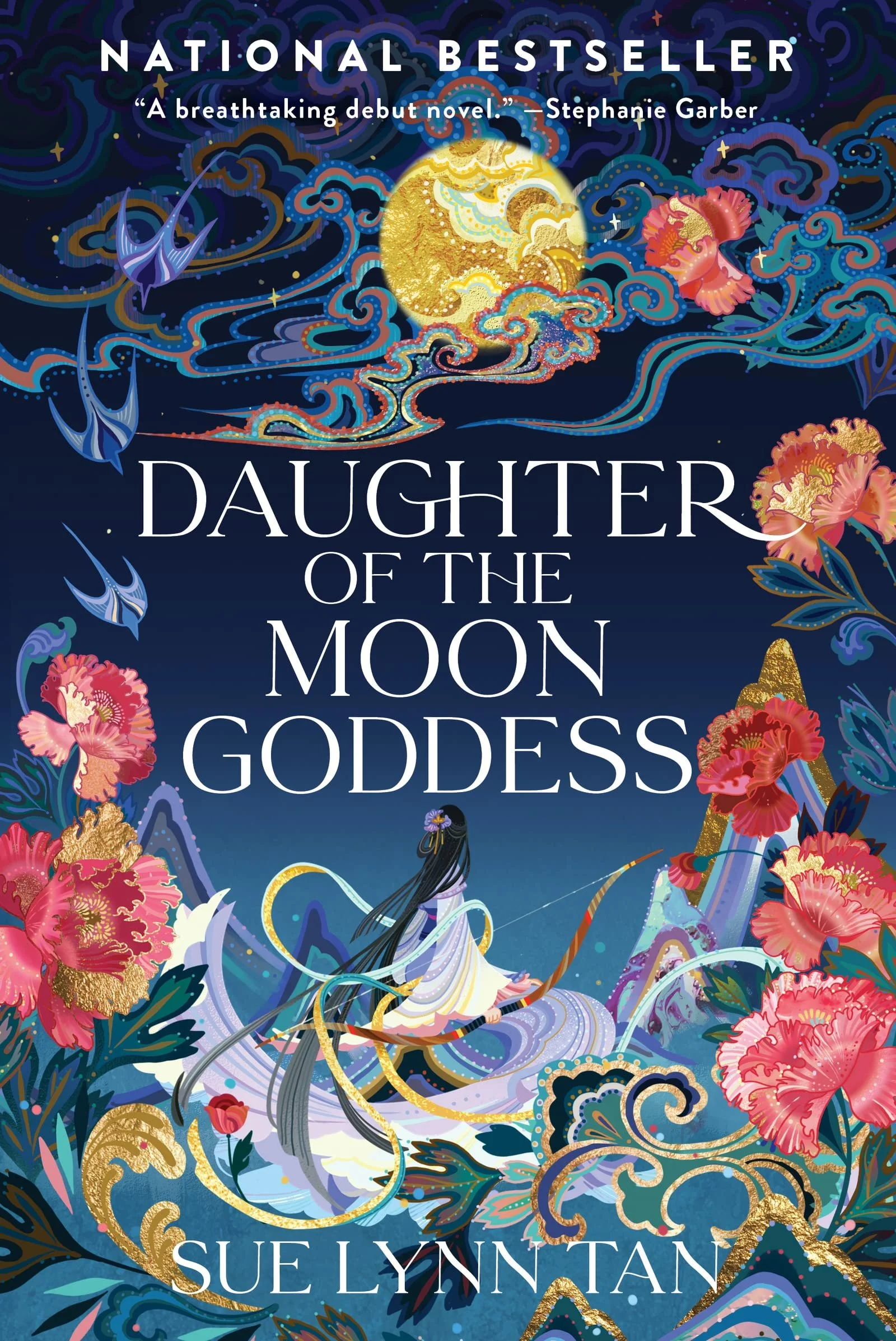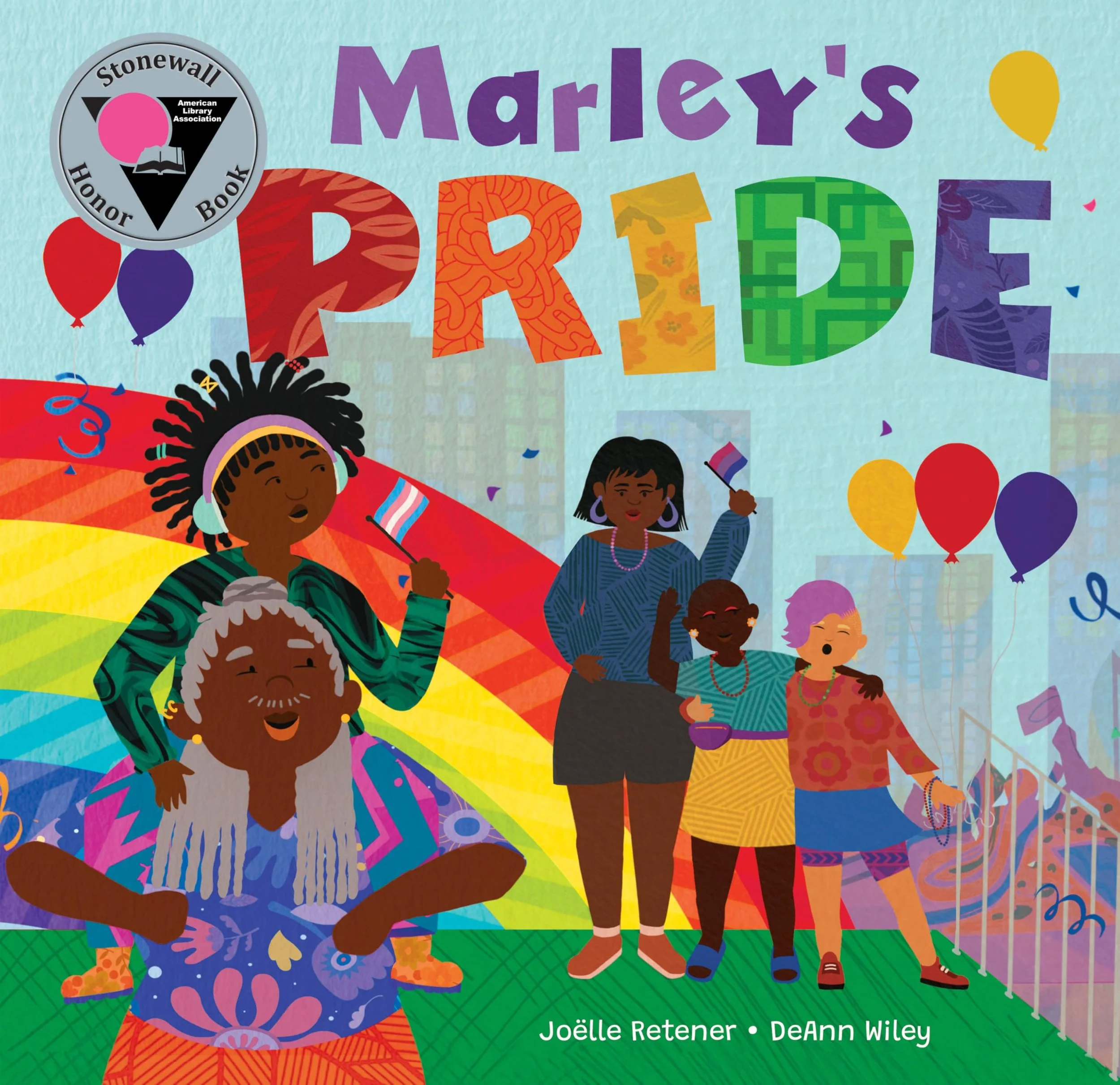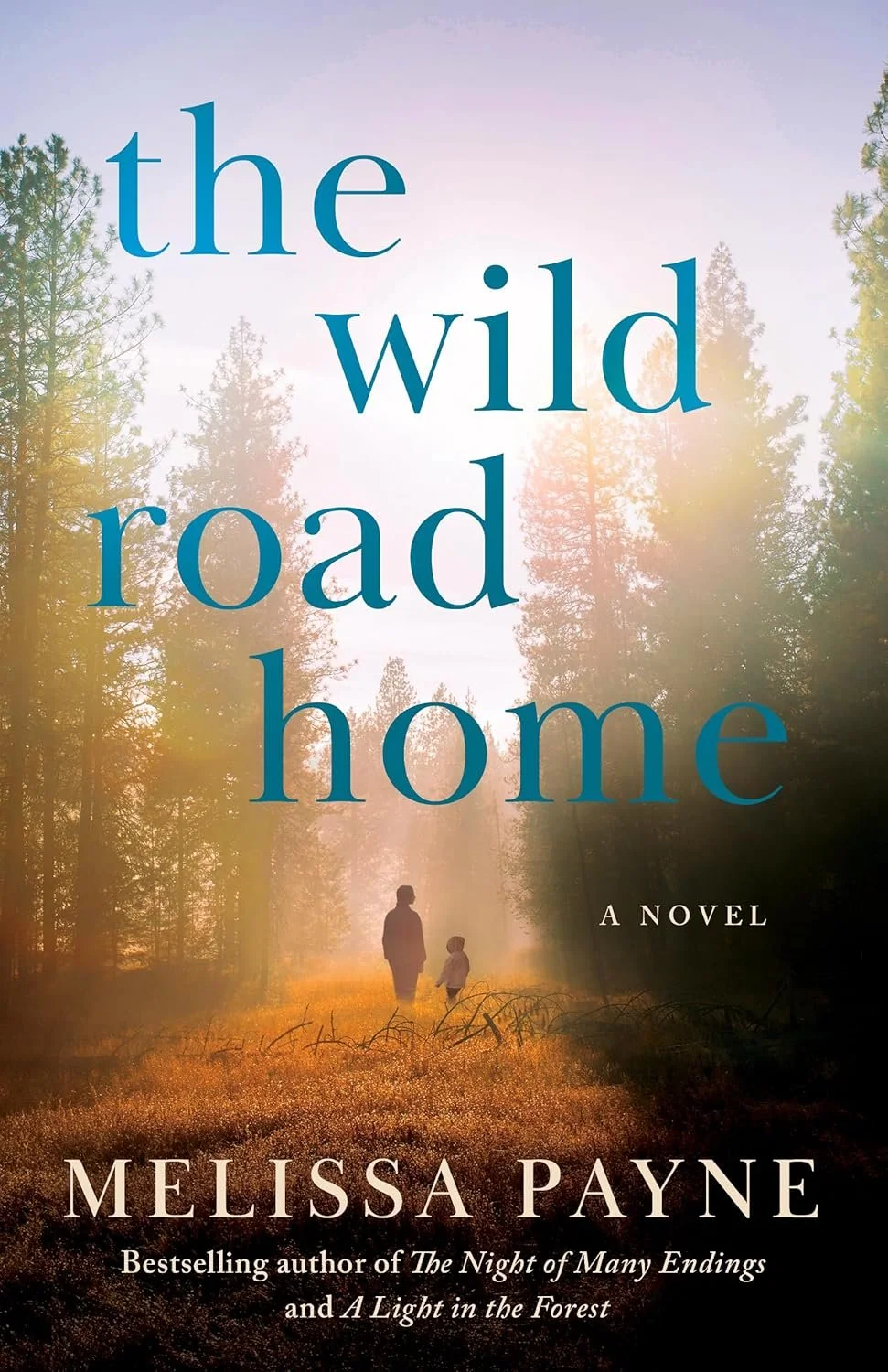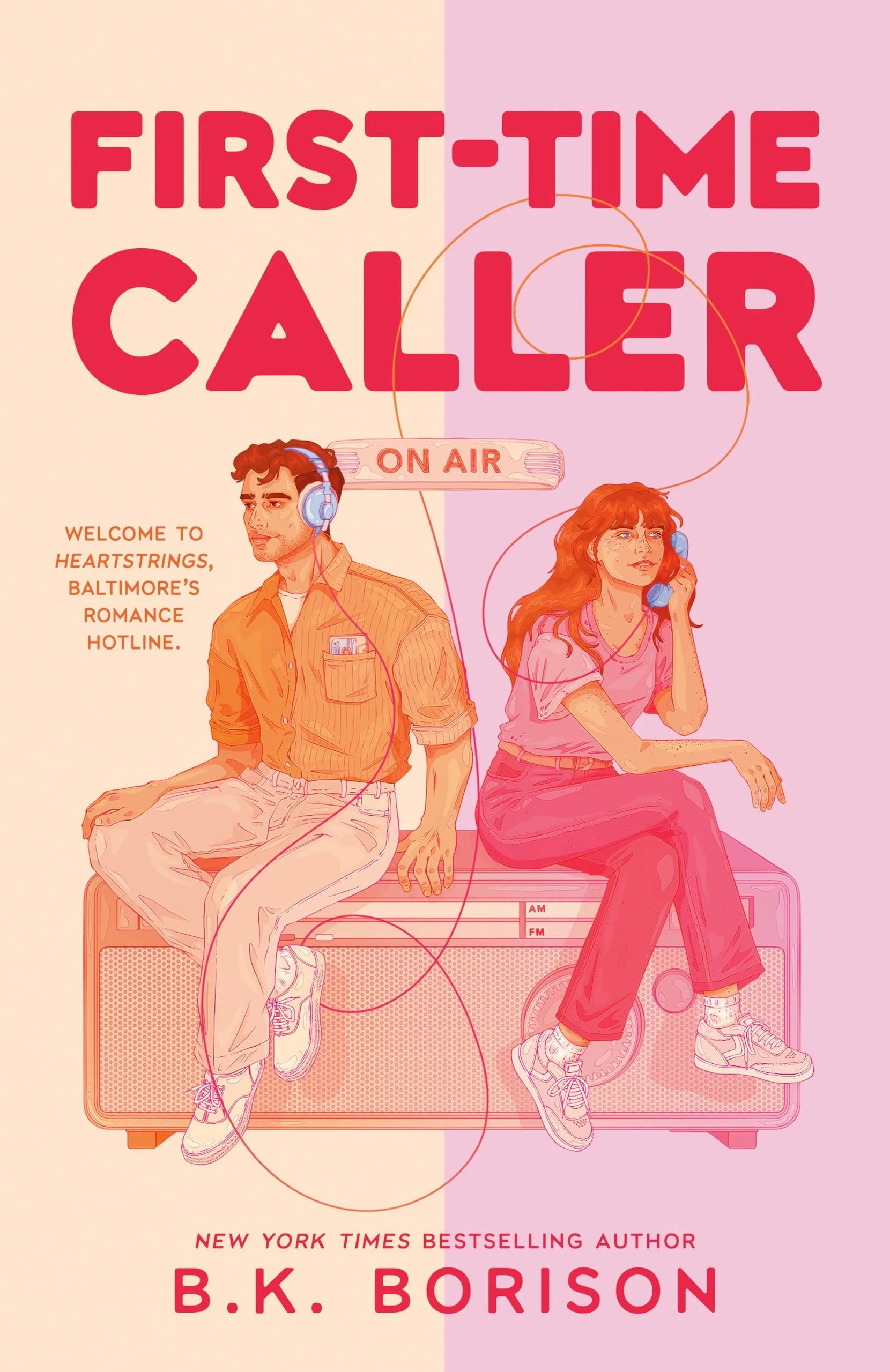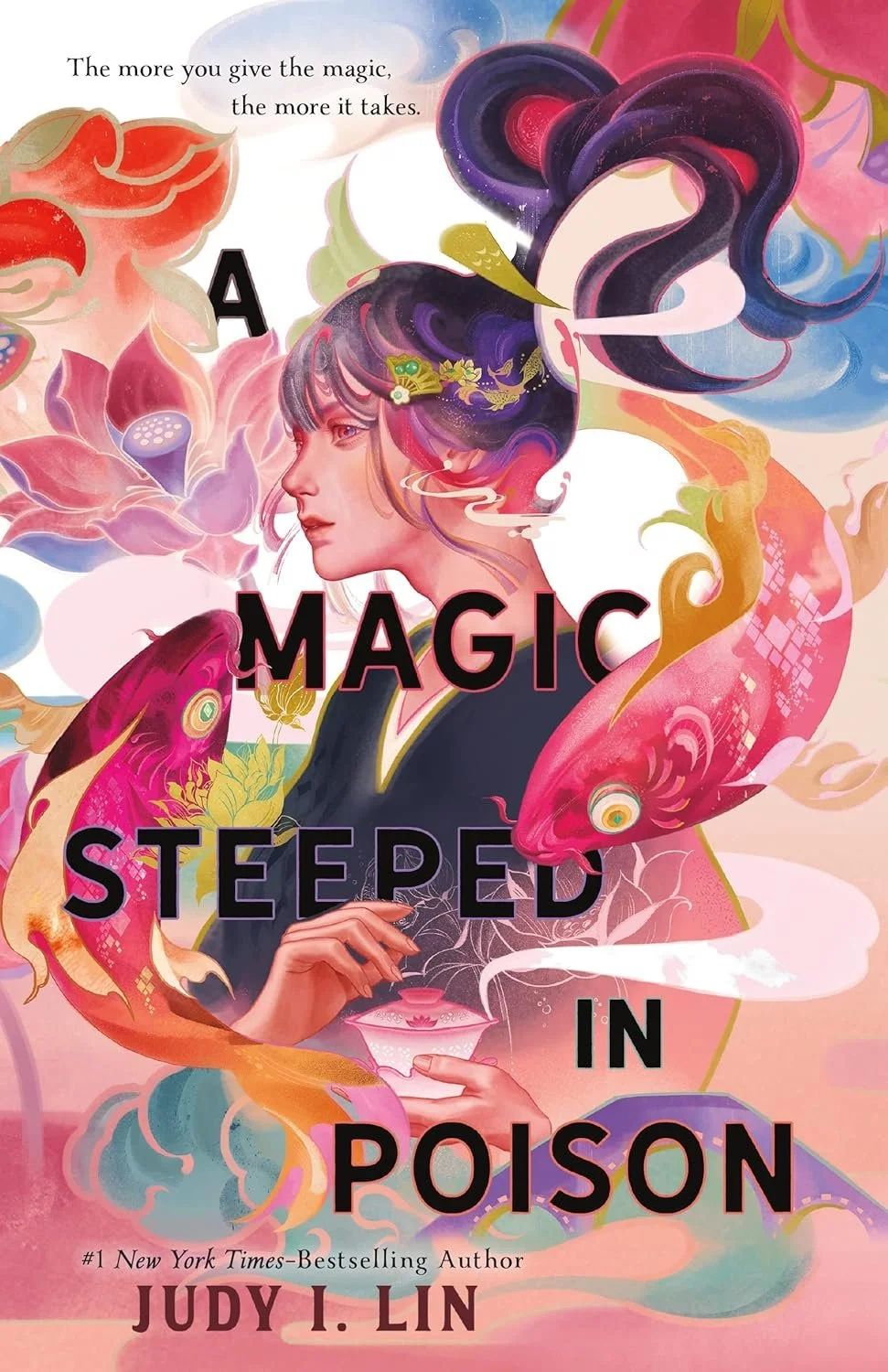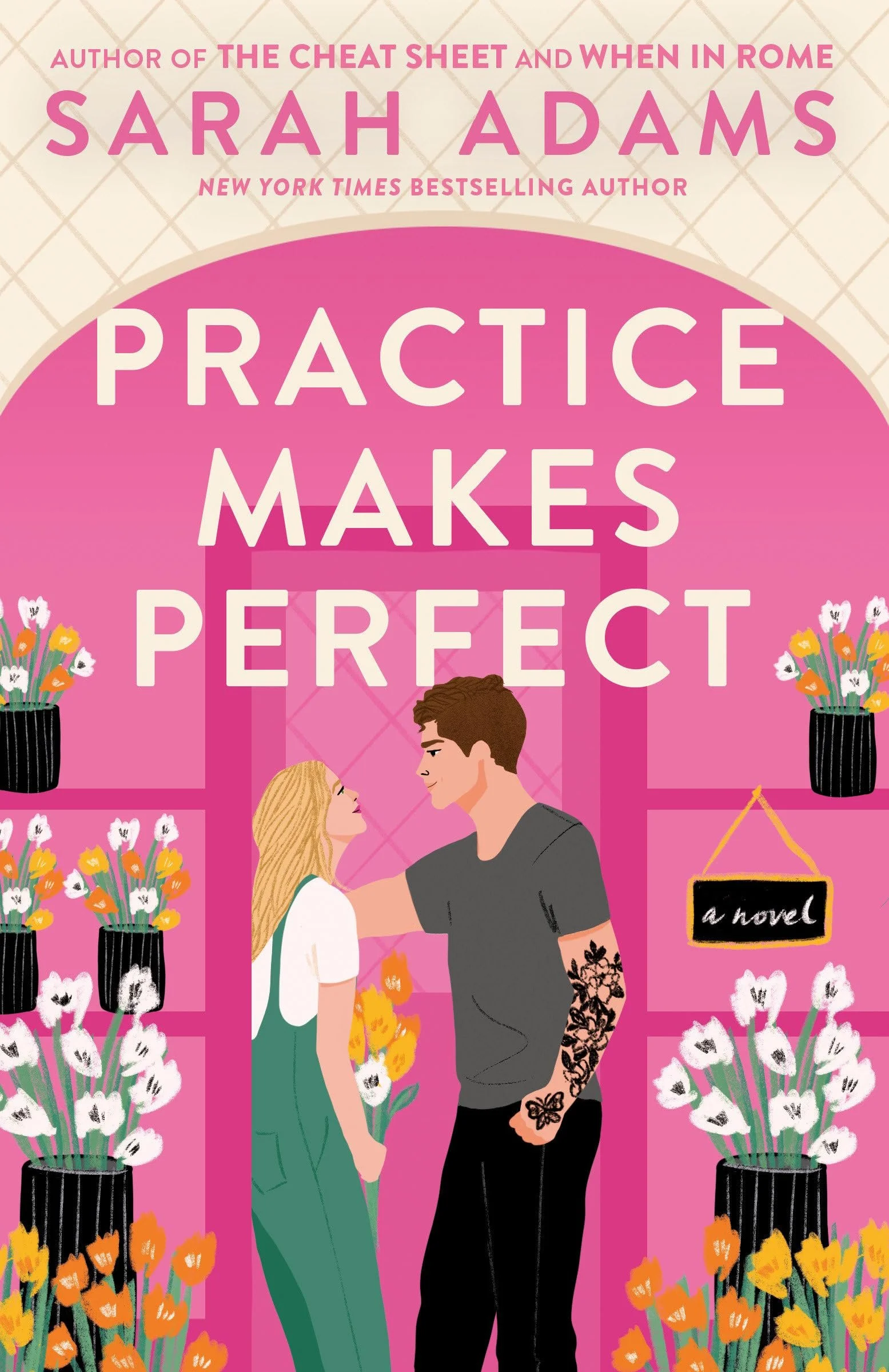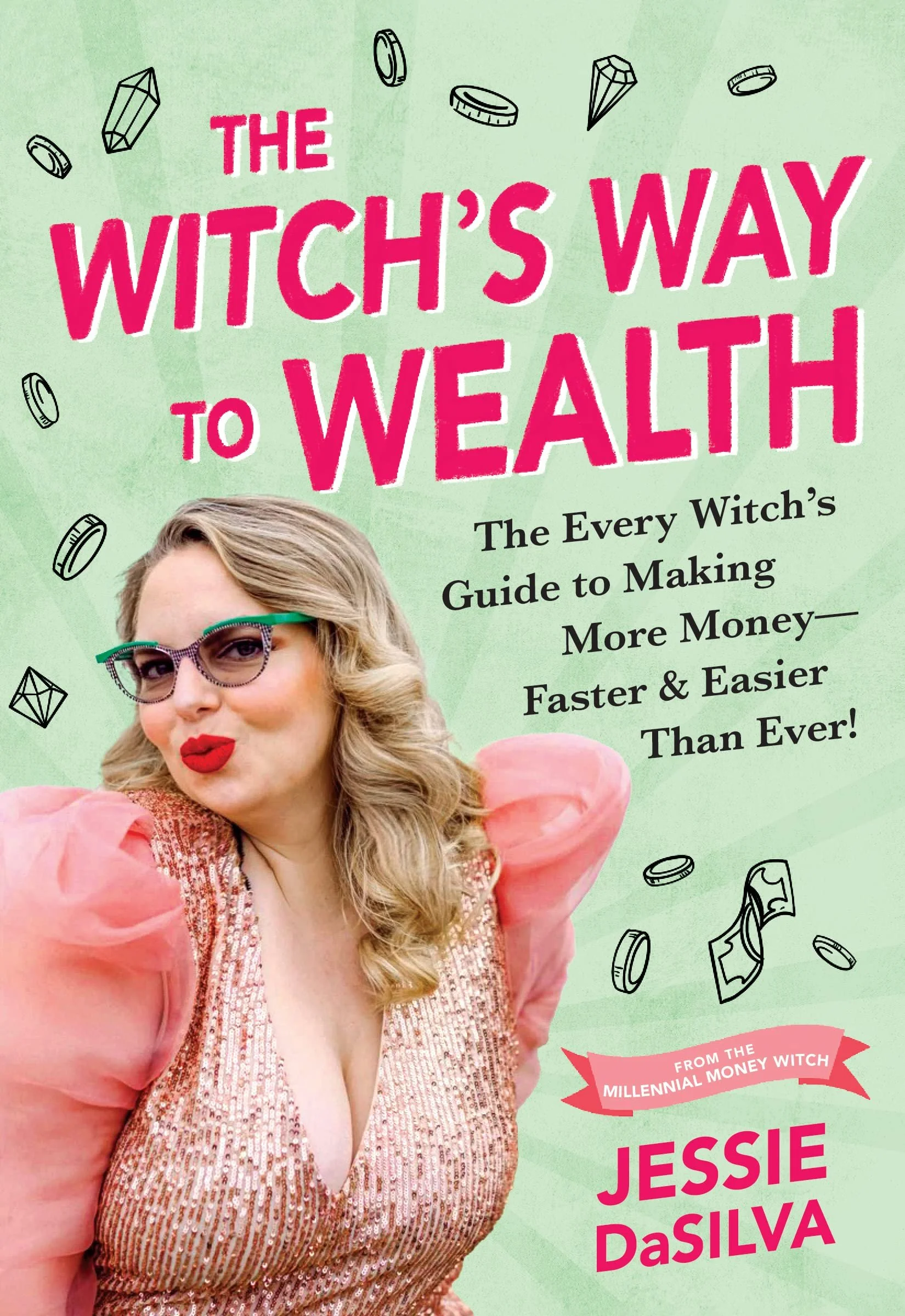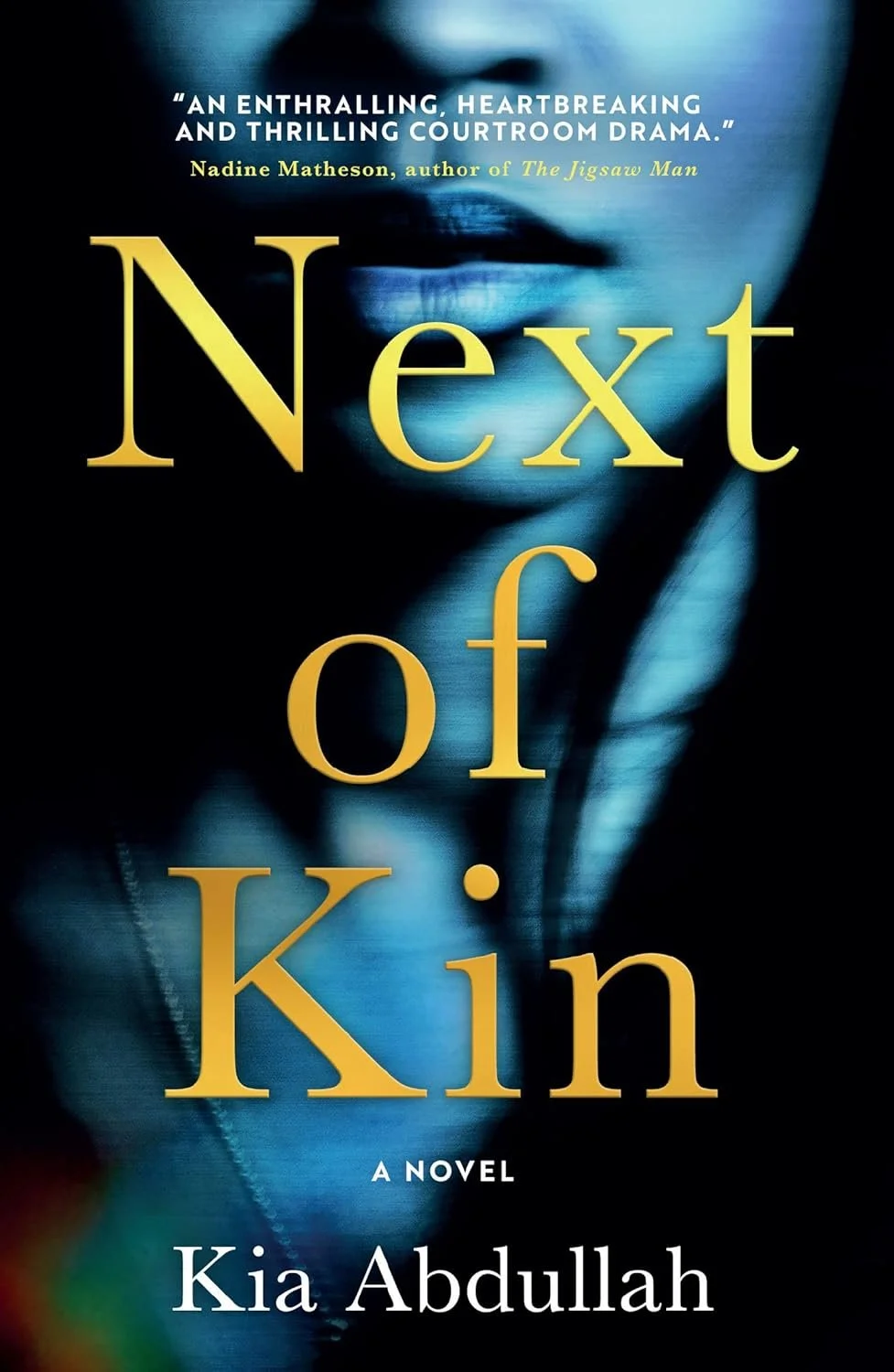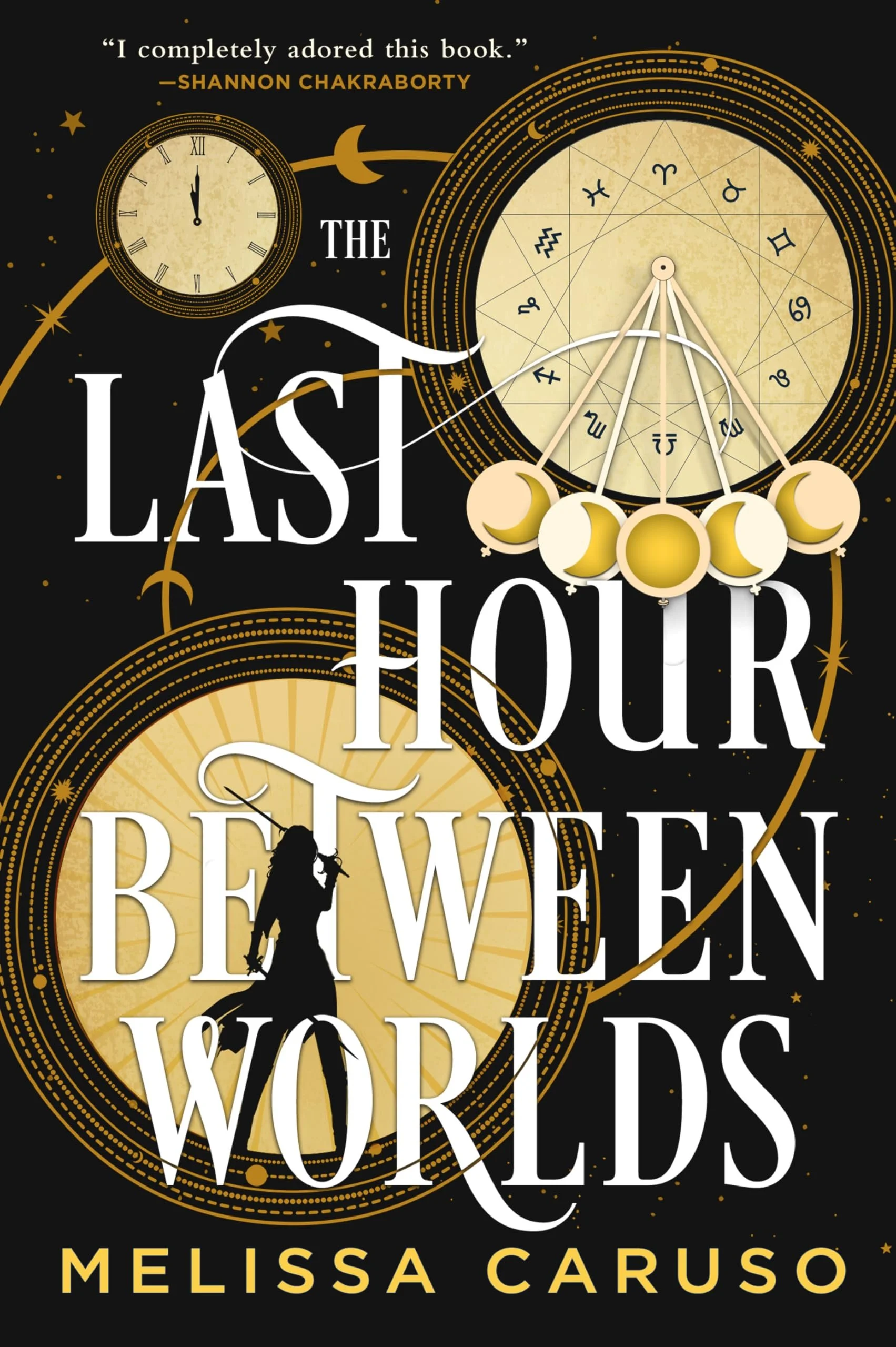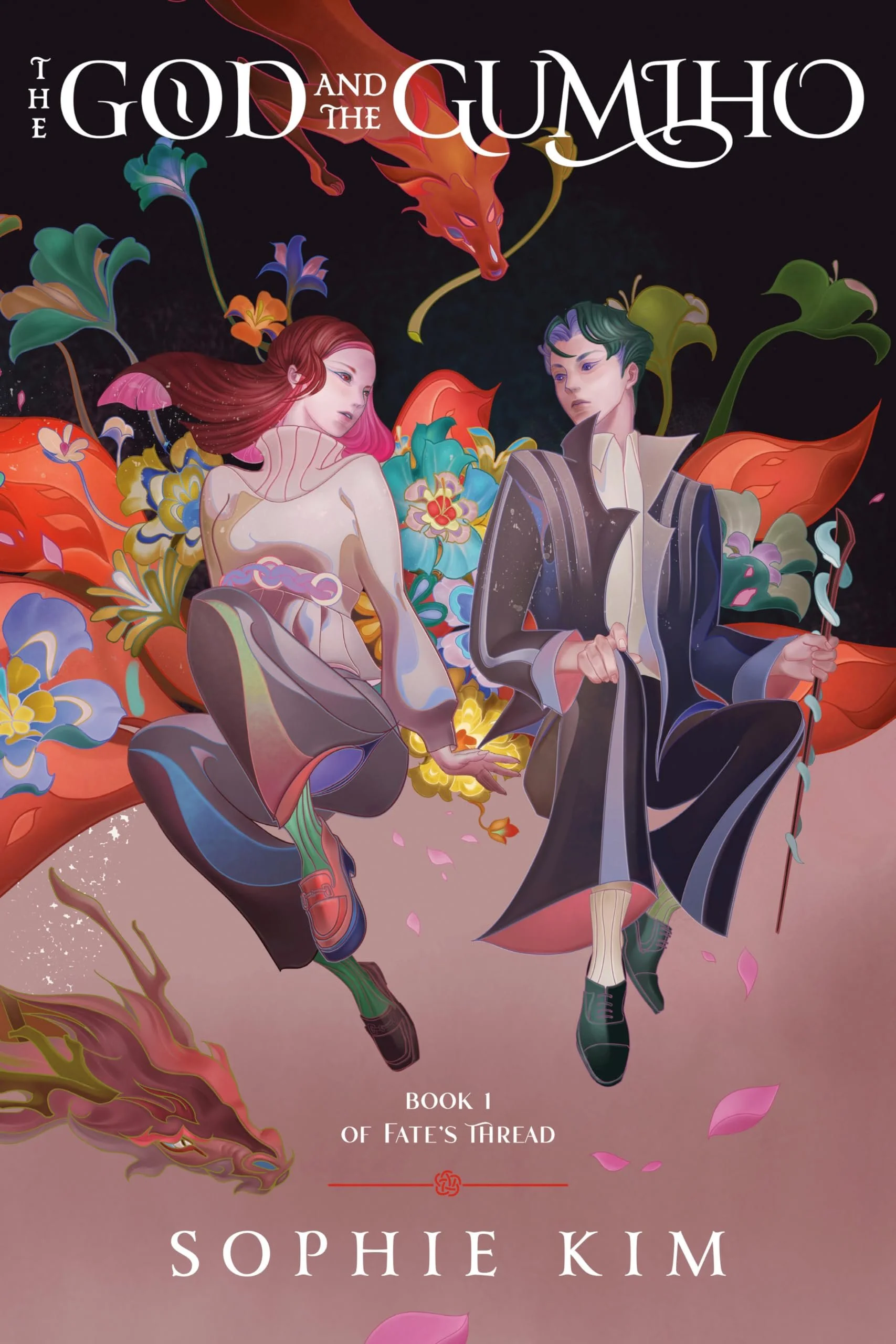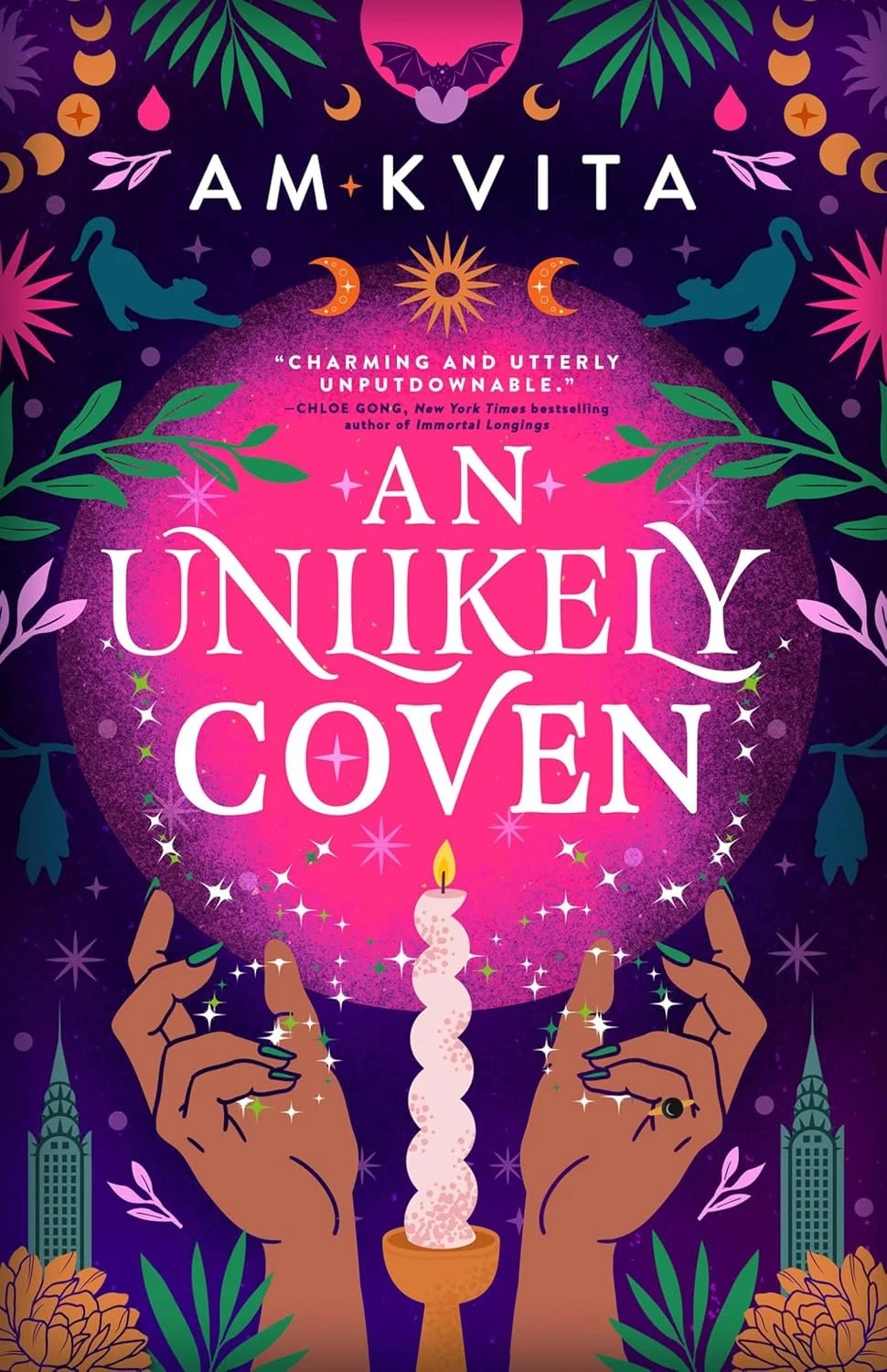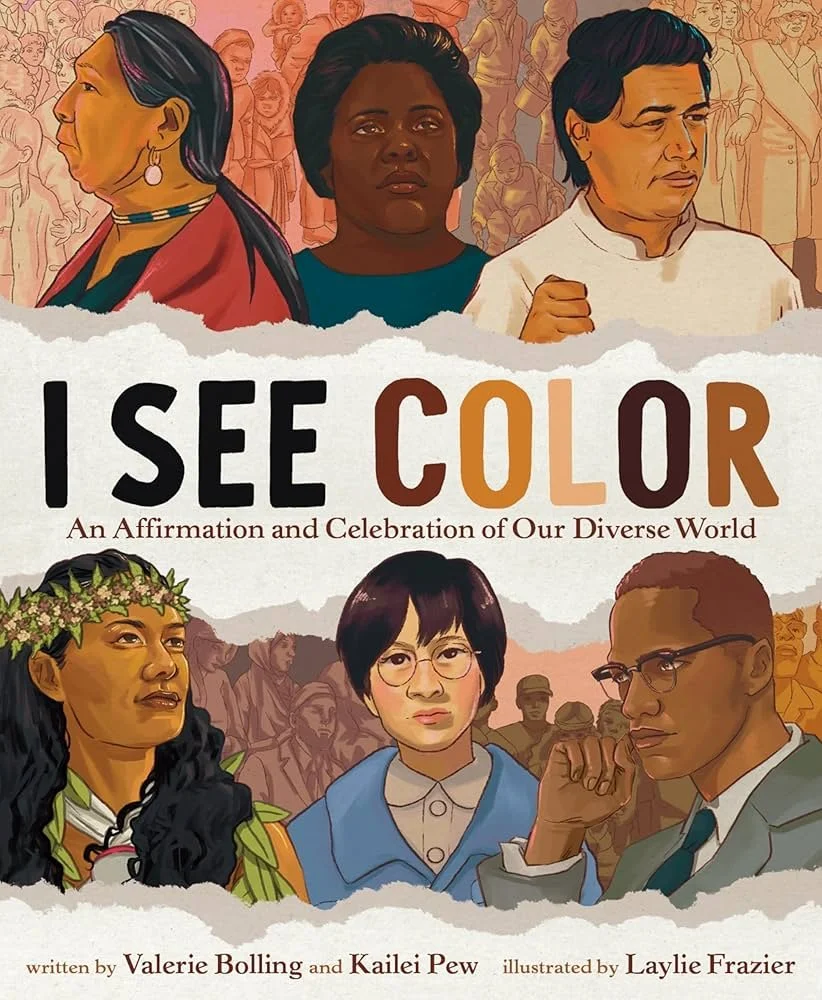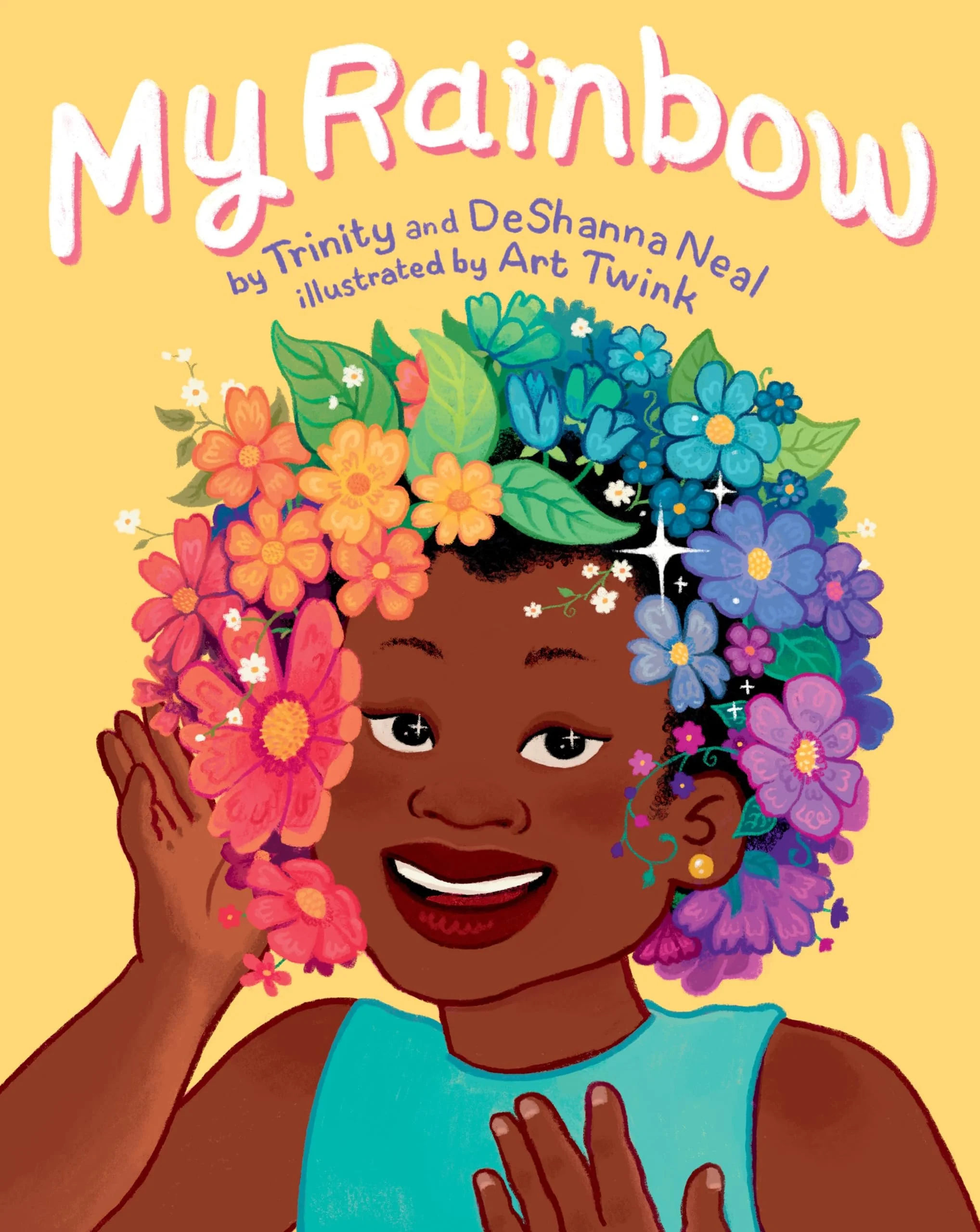Welcome to BookEnds Literary Agency!
When I founded BookEnds in 1999, I did so with the belief that books can change the world, and it all starts with our authors and illustrators. No matter how much we’ve grown, we hold true to these values: that advocacy is the heart of every partnership, and storytelling is a collaborative process.
Our goal is to work with each creator to build the long-lasting career of their dreams. As you wander through our website, we hope you’ll learn more about the business of publishing, and what makes our team a special one to partner with.
Thanks for being here.
Jessica Faust
President & Founder


